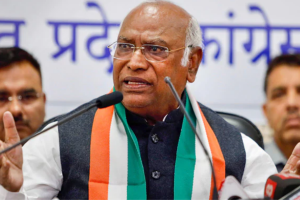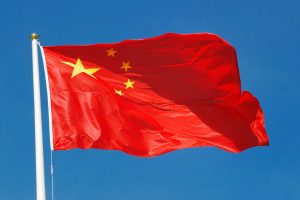The impact of the US reciprocal tariff will be limited on India as the economy is domestically oriented with less reliance on exports, S&P Global Ratings said on Wednesday.
Further, Goldman Sachs also said India may face an impact of up to 0.6% of GDP from the US reciprocal tariffs calculating various scenarios of the tariff imposition.
Advertisement
“We estimate a potential domestic GDP growth impact of 0.1-0.3pp under different scenarios of increase in average US effective tariff rate on Indian exports (under country-level reciprocity and product-level reciprocity), and different estimates of price elasticity of US demand for Indian exports,” Goldman Sachs said in a report.
Advertisement
Goldman Sachs further stated three ways in which India can get impacted. First is country-level reciprocity, with an increase in tariffs on all US imports from India by the weighted average tariff differential.
Second is the product-level reciprocity, where the US matches India’s tariffs on each product imported from India.
“We estimate this may increase the average tariff differential by ~11.5pp, but would be more complicated with a longer implementation timeline,” it said.
Further, the third is reciprocity including non-tariff barriers like administrative barriers, import licenses, export subsidies etc.
Speaking on India’s growth projection, YeeFarn Phua, Director, Sovereigns and International Public Finance Ratings, Asia-Pacific S&P Global said India will clock a 6.7-6.8% GDP growth over the next two years.
He said the fiscal 2025-26 budget will boost growth for the next few years, largely by domestic demand through tax cuts for households and GDP growth is now normalising to a more “sustainable level”.
“The government remains very much focused on investment-led growth and also on agriculture sector reforms. However, we do think that economic expansion in India is startling to normalise towards a more sustainable level after real growth had averaged 8.3% over the last three years post-pandemic,” he said.
Goldman Sachs has also said India’s bilateral goods trade surplus with the US has doubled in level terms over the last 10 years to $35 billion (~1.0% of India’s GDP) in FY24, largely driven by electronics, pharmaceutical products, and textiles.
India’s tariff rates are higher than the US on most products (6.5pp on a trade-weighted average basis), with the differential being the highest in agricultural products, textiles, and pharmaceutical products.
Advertisement











